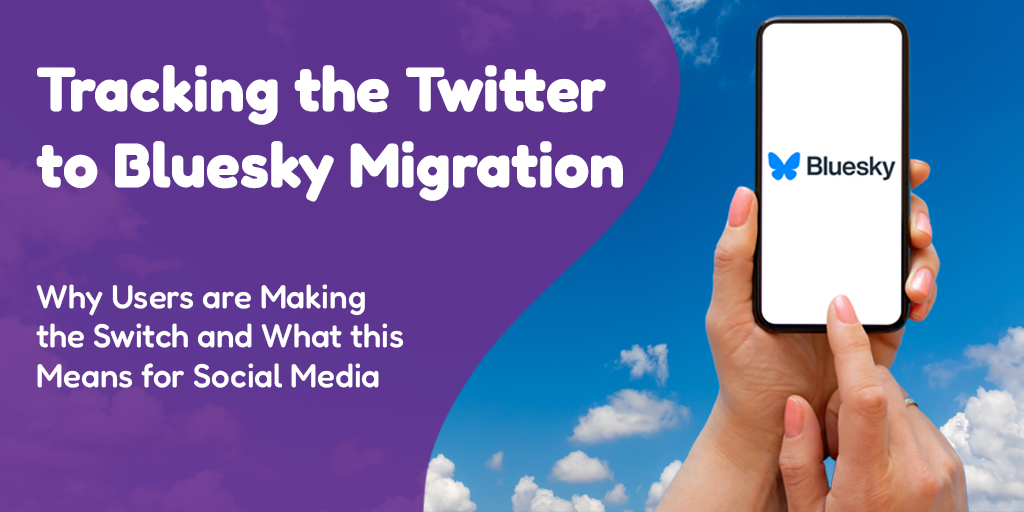 Posted by Amanda Silva on March 4th, 2019
Posted by Amanda Silva on March 4th, 2019Today’s blog is brought to you by our preferred content writing partner Amanda Silva of Cast Iron Content. Take it away Amanda!
Blogging benefits your business and brand — there are plenty of numbers to prove it. While those statistics are valuable, blogging just to check the box as a business owner isn’t a strong strategy. Compelling blog posts provide a point of connection with your audience. More than half of businesses believe blogging is critical to accomplishing their objectives. Not only is blogging a boon to SEO but blogging establishes a brand as an authority within an industry. Blogging gives you an opportunity to connect and communicate with your audience, consistently.
In order to write successful blog posts that offer value to your clients, structure and style are key. So is a strong starting pointing…
Pick a Topic

It’s so important to pick a topic that your audience will care about — whether they know it yet or not. A good place to start is within your industry. Take a look at current issues concerning your field and answer questions about what you do and why you provide value and insight for your customers. Keep in mind that there is also value in introducing topics outside of, but perhaps still related to, your business. Ultimately, you want to inform, educate, and entertain your audience. Restricting your topics to your industry will make it difficult to do all three well.
Clarify the Content Commitment
Whenever you’re tasked with writing a blog post, keep in mind that clarity is key. You are writing to inform your readers about a service, product, business development — whatever it is, they need to know at the outset what you intend to tell them. From there, your job is to deliver what you committed to sharing.
Use your title to state what the post is about — either in a declarative phrase or by asking a question. Before you even get started, put yourself in your readers’ shoes in order to imagine what information they need or want to know about your business, product, service, etc. You can then choose to craft a strong statement by stealing one of the following two popular blogging styles…
Structure with Style

There are plenty of blogging styles to choose from — or even create yourself — but two that prove popular and effective time and again are how tos and lists.
- How to
Just like it sounds, a “how to” blog post explains how to do something. The title of this post, for example, could be revised to read: How to Use Certain Strategies and Styles When Structuring Your Blog Posts, or How to Structure a Strong Blog Post
- How about asking a question?
Another option is to recast the instructional how-to into a question that your readers might have. In this case you might revise the title to something like, How Do I Structure a Strong Blog Post?
- Lists
Similar in spirit, lists in blog posts are very effective because they offer a familiar and easy structure for your readers. Sticking with this example, a good list for this post might be: 3 Strategies to Better Structure Your Blog Post or 2 Popular Styles to Help Structure Your Next Blog Post
Show the Way with Signposts
A simple strategy that works to keep your content clear and your reader engaged is to map your blog post with signs. In other words, use headings and sub-headings throughout your post to remind your readers why they are reading this piece, what is it they can expect to learn, and to prepare them for the information you’ve laid out in each section.
Like your title, headings and subheadings should be easy to understand, but also engaging. These are additional opportunities to tap into what your readers want to know… and remind them that you have the answers.
Clearly State the Entrance and Exit

Similar to what you learned during your school days, crafting a clear introduction and conclusion is key. Your audience should be able to understand and articulate what your blog post is about just by reading your introduction. The conclusion should wrap up your blog post by affirming what you stated at the outset in your introduction.
Don’t Go Overboard
Your audience is made up of busy people. Long, rambly blog posts will not do well, especially if your post has “buried the lead,” or made it difficult to identify the point or message. Brevity is beneficial when blogging. Make your point clearly, support it with relevant, but carefully selected data or examples, and be done with it.
Engage with your Audience
Encourage your audience to interact with your post by inviting them to share their thoughts or questions in the comments. Another strategy is to wrap up your post with a question that they can respond to with their own insights and ideas. For instance, “What’s your top time management trick? Share with us in the comments below!” You can also weave in your CTA as a solution to their problem, as in “Feeling totally overwhelmed when it comes to balancing your budget? We get it and can help! Contact us for your free personal finance consultation!”
Creativity Counts, But Be Careful

You get points for creativity, but not if your clever word play convolutes the message. Readers want to be entertained and informed at the same time; however, if you have to choose one over the other, err on the side of informative — every time.
Blogging is not brain surgery and, like bike riding, bargain-hunting, or breakdancing only gets better with practice. If you need help with blogging, hasOptimization’s team of professionals are ready. Contact us today to get started!



